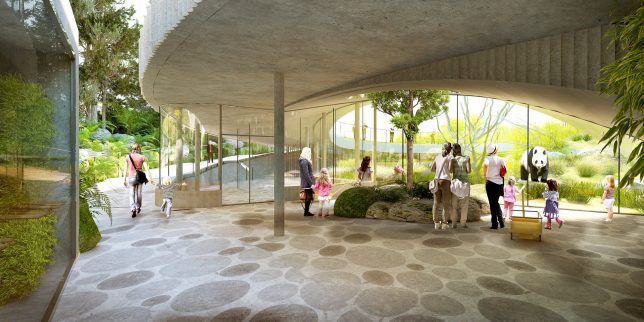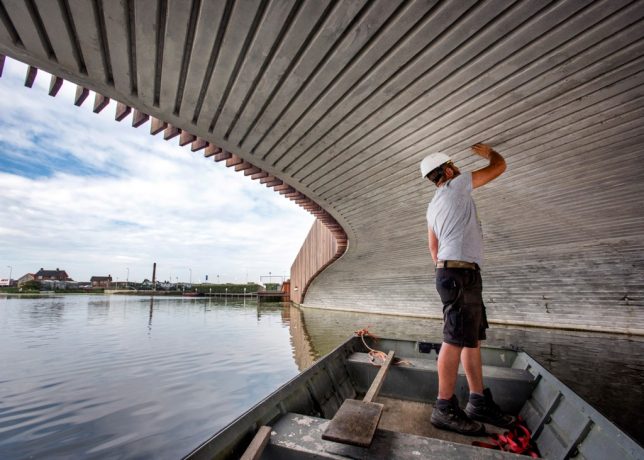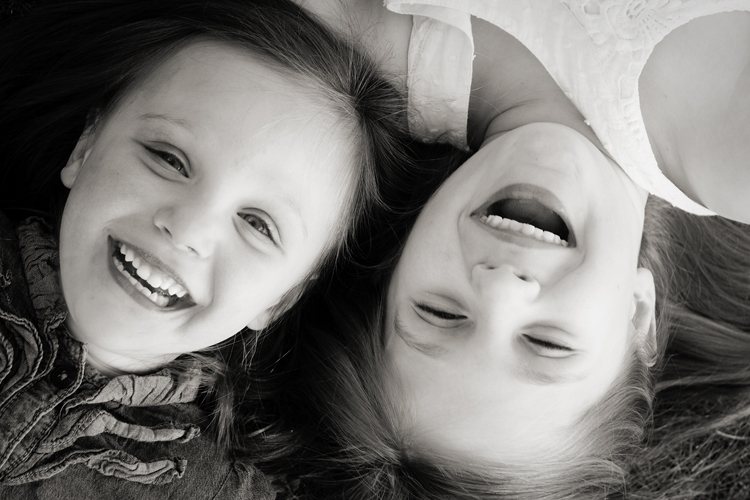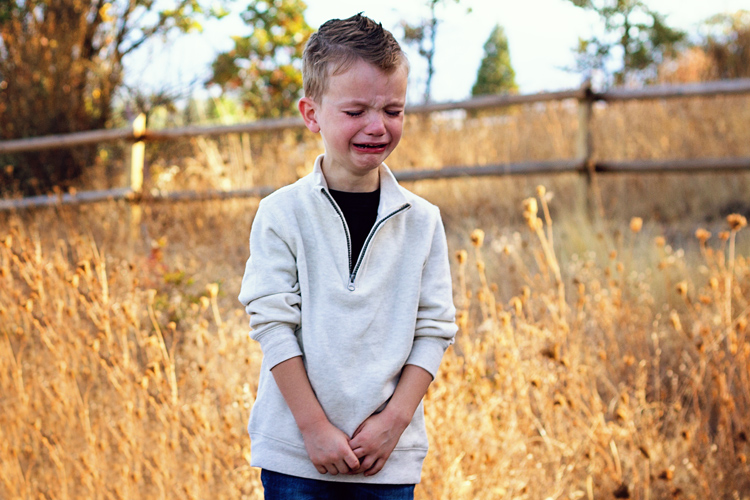The post Photography as Therapy: How To Keep Your Mind Positively Occupied appeared first on Digital Photography School. It was authored by Kevin Landwer-Johan.
Using your camera as a tool for photography as therapy is a healthy habit to develop. Often artists produce some of their best work when they are feeling pressured or stressed. Creative expression is a fabulous way to release tension when you are feeling down.
Creative minds tend to be more sensitive and respond differently to the stresses life can bring. By picking up your camera and engaging in the creative expression of photography, therapy happens.

Why it’s good to engage in photography as therapy
By picking up your camera and taking photos, you are helping your mind focus on something other than what’s causing you stress.
(Unless your camera or creative process is the cause of your angst, that is. Hopefully, that is not the case.)
I know that, whenever I am taking photos of a subject I find interesting, I am in a very different mental space. I concentrate more intensely and can easily forget about what might be worrying me.
Focus on what you enjoy and it will be therapeutic. As you have your camera in hand and give your attention to being creative, your mind will give more space to positive, constructive thoughts than the negative ones you may have been dwelling on.
Meditate on what you are doing. The more you can clear your mind of thoughts that are worrying you and concentrate on taking photos, the more you will see great results. If you can, follow your feelings as you are taking photographs. Infuse the feelings into your pictures, and you may soon begin to feel better as your mood changes.
Being creative generally requires positivity to a certain degree for most artists. As you put your energy into taking photos, you will hopefully notice a change as you stick to your constructive thoughts. The more you focus on taking photos, the more your negative thoughts and feelings will diminish.

Regularly practice photography therapy
The more frequently you do anything, the better you become at doing it. Photography as therapy, when practiced frequently, can help improve how you feel.
Concentrating when you’re stressed can be challenging. By committing to regularly taking photos, even for 15 minutes a day, you’ll most likely find that you can concentrate better and for longer. You’ll also see an improvement in your photography skills and creative expression.
Make time to take photos. Photography therapy will not happen unless you commit time and energy. As you press on and make a daily habit of photography, you will experience being more satisfied and will feel free from what’s been bothering you.
Photography is not likely to eliminate all your problems, but it can at least give your mind a break from them.
You may also find that, as you have your camera in hand and your attention is given to positive thoughts, potential solutions to your problems will come to mind.

Work on a photography project
To help keep yourself engaged in photography, having a project to regularly work on is beneficial. Knowing each day what you’ll photograph means you can grab your camera and take photos without having to search for a subject.
If you’re someone who finds it challenging to find new subjects, creating a project for yourself will enable you to be more productive. That way, you won’t waste time trying to decide what to photograph.
Pick a theme for your photography project that you know you’ll enjoy. Photographing what you love will naturally help you take more creative photos. By capturing the same subject or theme over a period of time, you’ll make more diverse photos than if you only photograph a subject occasionally.
Working on a photography project will help you develop as an artist. Once you’ve been working on your project for a while, you’ll be able to look back over the body of work you’ve created and see how you are progressing.
Take the time to study the photos you’ve made. Analyze them and consider how you’d like to progress with your project. By reflecting on the photographs you are making, you can discover new ways of seeing and expressing yourself through your photography.
I love gardening and being in my garden, but I have never been particularly interested in photographing it. Now I am challenging myself to take photos in my garden often because I want to get better at this style of photography.
Without commitment and without pushing myself to photograph my garden regularly, I know I’ll never get better at it. I’m not expecting to take masterpiece photos as I begin. But I do hope that, in time, I’ll be able to capture some images that I’ll be satisfied with.
Pressing forward with this project has challenged me to improve my photography. The deliberate concentration helps me to remain focused on my creative expression. When I have time, or when I see that the light is particularly beautiful, I can pick up my camera and begin photographing without having to stop and think about what to take pictures of.

Get inspired by the photography of others
If you’re not sure where to start, pick up a book or look at the websites of some of your favorite photographers.
When you are stressed and in need of some photography therapy, it can be difficult to find inspiration on your own. At times like this, it’s helpful to look at the work of other photographers with an open mind; that way, you can find new ideas.
Don’t confine your sources of inspiration to photography. Draw ideas from music and other art forms. You might pick a theme to photograph based on one of your favorite songs or movies. Think outside the box a little more than normal as you look, listen, and feel the art you love.
Learn by mimicking, in some ways, other creatives you admire. Picasso said, “Good artists copy, great artists steal.” Take ideas from others and make them your own. Don’t merely copy something that you like. Put your own expression into it so that you truly own it.

Share your photography therapy experience
Many photographers prefer to work alone. Being with your camera and having no one else around can help you concentrate better. But, at times, being with other photographers and comparing notes is helpful, too. Group photography therapy can help you develop your creative expression in new ways.
Find a few people who enjoy the same style of photography and subject matter as you. Plan photography sessions together and engage with each other as you are taking your pictures.
Get together over a coffee and discuss your photos. This will help you all grow as you discover how others see and photograph the same subjects. It’s not a competition. Don’t make it one. Treat it as an encouraging time to build each other up, and you’ll all begin to see an improvement in the pictures you’re taking.

Photography as therapy: Conclusion
Be purposeful about photography as therapy. Practice being mindful and having your camera in your hands frequently.
As you make yourself take photographs regularly, you’ll begin to notice how much easier it is to concentrate on what you are doing. You’ll start to see your creativity increase, your photography improve, and the stresses of life begin to fade away.
The post Photography as Therapy: How To Keep Your Mind Positively Occupied appeared first on Digital Photography School. It was authored by Kevin Landwer-Johan.












































You must be logged in to post a comment.